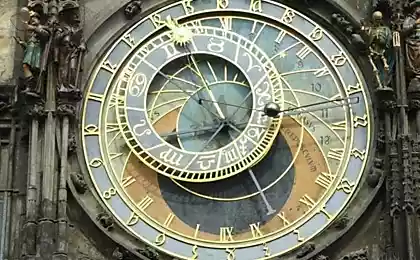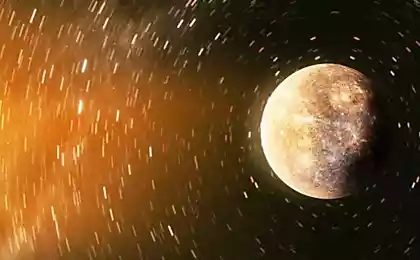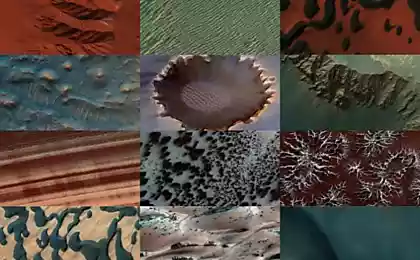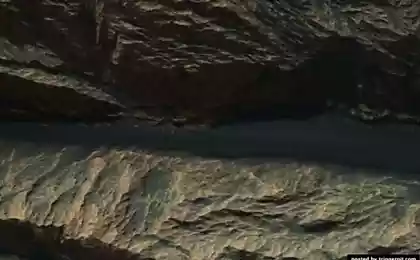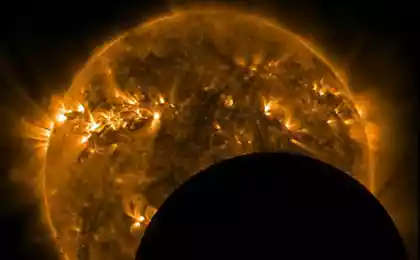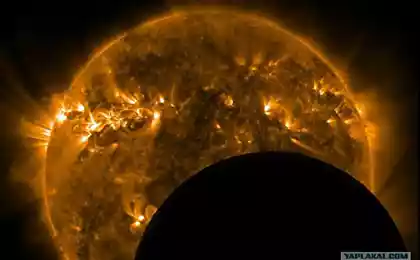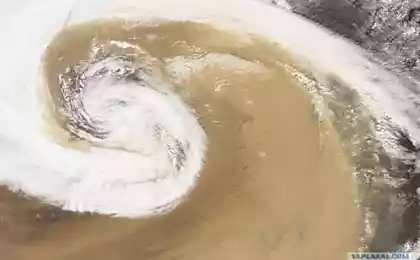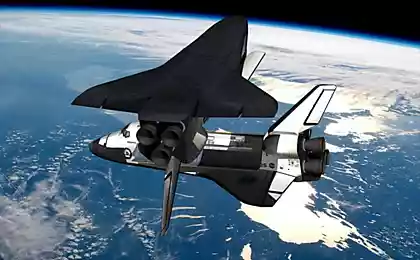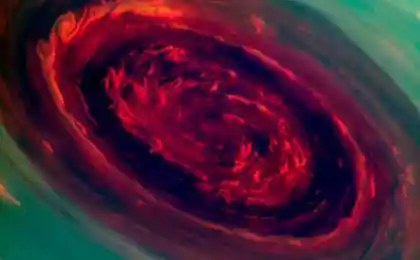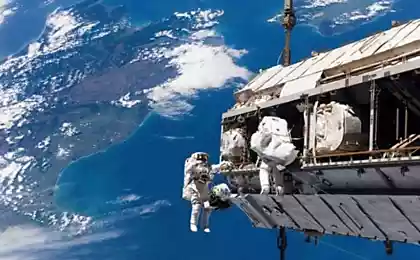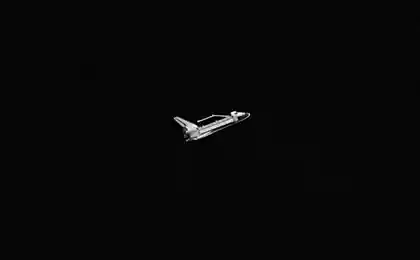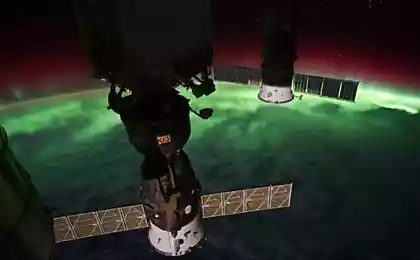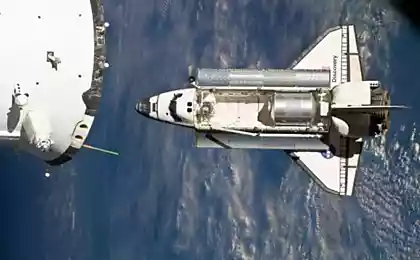1033
Meeting and parting with Mercury
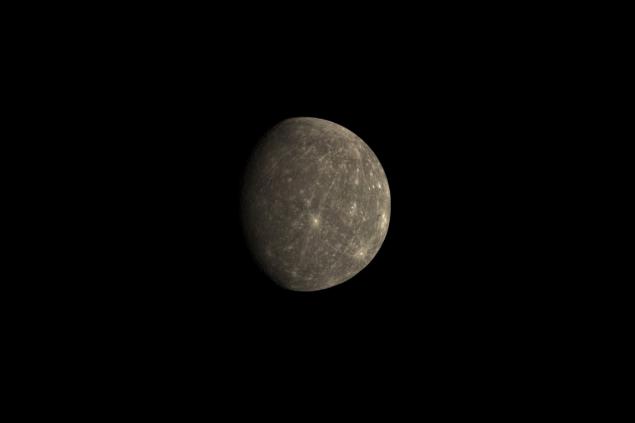
It seems strange that a third near the planet to the Earth, until recently, was the worst of all studied. Venus and Mars fly more than a dozen spacecraft. Even Jupiter earthly ambassadors visited more often. Saturn for two decades running the powerful research station Cassini. It seems that there was a conspiracy against the Mercury.
Unfortunately, there is no conspiracy there. More precisely it is, but it's a conspiracy of forces of nature. Mercury is very close to the Sun, so not all telescopes can observe it. For instance the Hubble Space Telescope can not shoot because of the risk exposure. Spacecraft to reach Mercury harder than to Jupiter, or even Pluto. Fly into the outer solar system is relatively simple - just dial the third cosmic speed: 16, 65 km / s. Fly to Mercury too simple - having started from Earth need to slow down.
Difficulties arise when the satellite will try to stay at the Mercury and enter its orbit. The first planet of the solar system - even the smallest - its mass is negligible compared to the enormous force of gravity close to the sun. Ie Launched from Earth in the direction of Mercury, we're actually going to fall on the sun. In order to stop the fall and go into orbit of Mercury, need a lot of fuel.
Because of these complexities, the first artificial satellite of NASA mercurial spun into a solar orbit just flew past the planet. "Mariner 10" only three times in 1974 and 1975 years whizzed by Mercury, having to remove less than half of the visible surface.
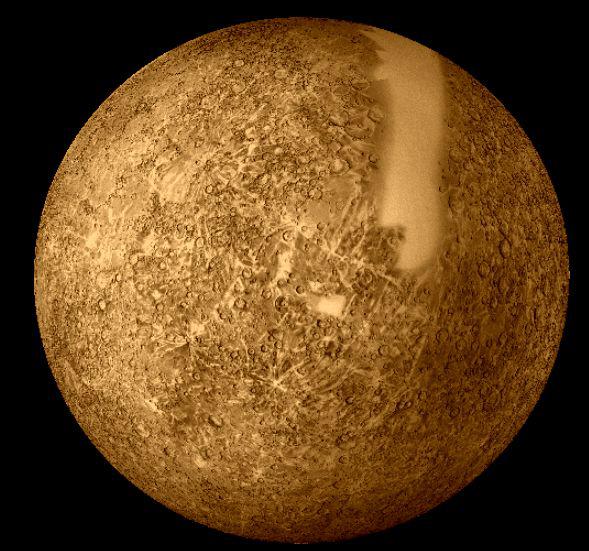
This image - almost the only thing that had scientists to study the planet's surface. There were some results of ground-based observations, such as radio telescopes, but they are clearly not enough for a detailed understanding of the planet.
Therefore, in the 80s we have conceived a new expedition. This required to calculate a new trajectory in which the spacecraft has used gravity nearest planets. The new spacecraft NASA Messenger, launched in 2004, has used a completely insane trajectory that included two flights of the Earth, two flights of Venus and three of Mercury flight, and only the fourth meeting was held way to orbit the planet. This route took a long time, but fuel economy, and thus the weight and cost of the entire expedition.
Flying almost 8 billion km (the distance of Pluto before its maximum distance), Messenger once again close to Mercury and went into an elliptical orbit. He walked up to the surface to 200 km, and then removed for 15 thousand. Km. This orbit was needed for several reasons. First of all, there were technical limitations: The unit can overheat from solar radiation reflected from the surface of Mercury. From direct sunlight Messenger composite shield was covered, but the planet's surface reflects about 8% of the solar radiation, which in those places, too, very much. Besides elliptical orbit allows recording and study of Mercury from different latitudes capture images from the narrow frame high-resolution near the surface, to the broad - from afar.
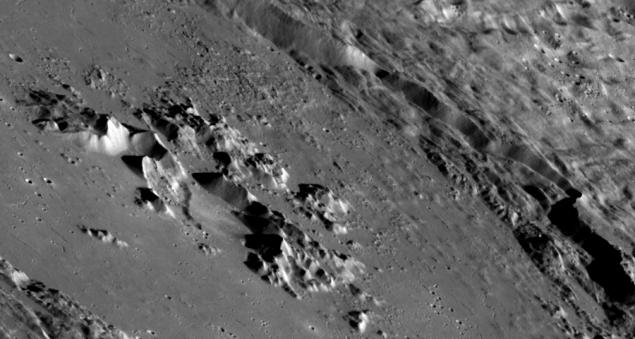
Scientific instruments allow the spacecraft to conduct a wide range of research planetologicheskih: camera visible and near-infrared allowed to consider and map the planet sets of multispectral filters - to evaluate the color variations of soil; neutron, gamma and X-ray spectrometers helped identify the elemental composition of the surface and the water content in the surface layer; laser altimeter created height map of Mercury, and helped to "look" into the eternally dark craters at the poles of the planet. Several instruments have helped to examine the external conditions in which the satellite had to work constantly to stay the planet: magnetometer was able to determine the magnetic field of Mercury; ultraviolet spectrometer - to study the rarefied atmosphere and exosphere, and the sensor to assess the impact of charged particles of the solar wind and charged particles on the planet.

This is actually a "gentleman's set of" instruments that are required for initial studies of solid celestial bodies in the solar system. It is suitable for planets and comets, and asteroids.
And what I am able to do in four years?
At first no one would believe that the device will stretch as much. Originally expected to work for a year. Then we extended for a year. Then another ... As a result, the unit was kept in orbit until recently - is allowed to supply the fuel.
First of all mapped the planet. A dream come true of many astronomers and planetary scientists - they were able to look into the darkness.
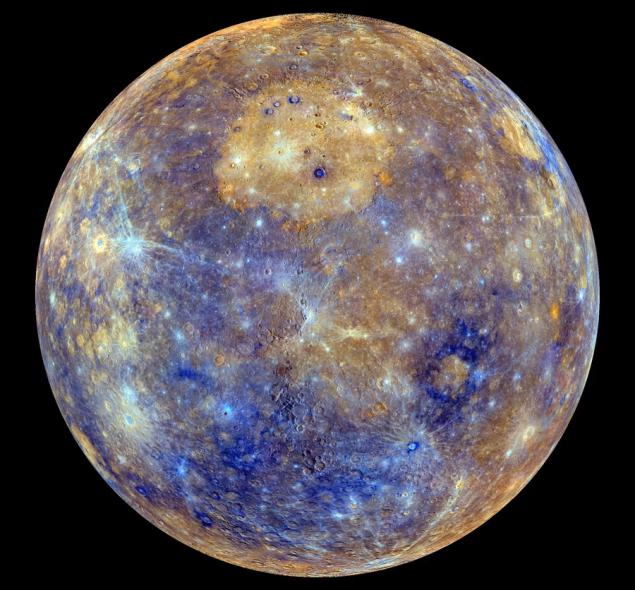
However, the darkness was still in the craters at the poles of eternal night of the planet. The axis of rotation of Mercury, and rejected almost perpendicular to the plane of the orbit, so in deep craters at the poles of Mercury, the Sun does not look ever.
With these shady sites linked first affair. Radio astronomical observations of the planet back in the 90s revealed interesting details - at the poles found sites that reflect radio waves almost exactly the same as it was supposed to do water ice. Ice? On a planet where the temperature at the equator during the day reaches 350 degrees Celsius? Seriously?
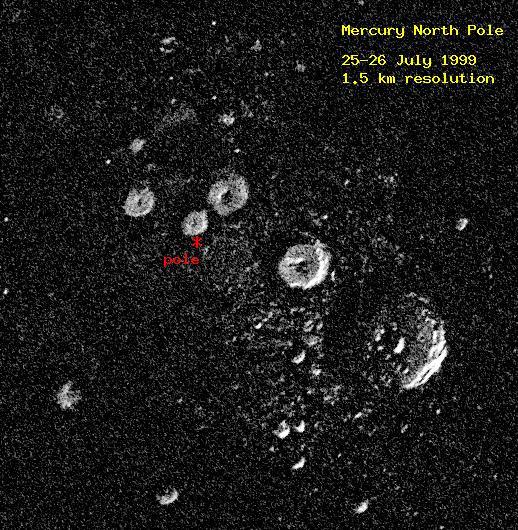
That radio astronomers did not believe until I arrived Messenger. The first discovery, which he did - it is determined that the areas of "brilliant" in the radio exactly correspond to those of the eternal shadows polar craters. In order to study their contents using a laser rangefinder. Certainly its intensity would not be enough to illuminate and direct shoot cameras. But rangefinder allows to determine the intensity of the reflected laser beam. And the first attempt to shine a laser in the glaciers gave discouraging results - the alleged ice were about twice darker than the ground surrounding the craters.

Here to help neutron spectrometer - he was able to determine that in the polar regions still have water, ie data from this instrument, too, were in favor of the ice. Although its resolution is not accurately tie shaded craters in increased concentration of water in the soil.
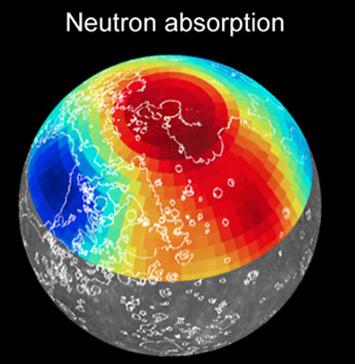
Scheme red - is a high degree of slowing down neutrons, ie, a sign of the hydrogen contained in the soil.
Finally, a laser rangefinder caught shine - in the most polar and the deepest craters surface reflected light is four times more than it did the surrounding soil - another proof of the ice was obtained. But black-black craters? In order to understand what is going on in the darkness, it had to develop a new thermal model of the surface. It turned out that in the craters where the sun looks a little reflection of light from the walls of the crater still falls to the bottom. This allowed a glimpse into the darkness at slow shutter speeds.
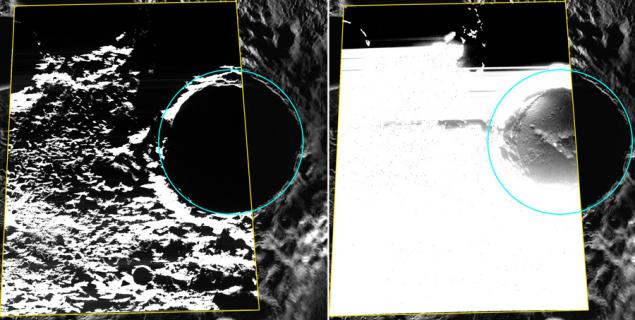
And it is this explained why we did not see ice on the bottom - even the weak light reflected by the walls of the crater, it is still able to melt the ice, which lies at the bottom. And to understand what we did see, we must remember where all the ice could be on Mercury.
The main source of ice and water in the inner Solar System are considered to be a comet. Although the study cast doubt on Rosetta cometary origin of Earth's oceans, and the study LRO, including the Russian LEND instrument questioned the cometary origin of water on the moon, but Mercury is possible to speak confidently. In the vicinity of the comet appear much more frequently as Sun pulls them their gravity, like flies to honey.
Therefore, the comet is much more likely to fall on Mercury than on any other body in the solar system, except, of course, the sun.
How many remember the comet - a "dirty snowball" - a piece of ice with dust and carbon compounds in texture resembling charcoal. Here, scientists are getting to the answer to the riddle of dark craters - organic . Ice brought by comets, resting on the bottom knocked out craters, covered with a thin dark layer of organic compounds ... The water and organic compounds - seemingly the best ingredients for the origin of life, but still not enough atmosphere to maintain liquid water, so as to comets, Mercury's inhabitants are not expected.
But Mercurian mysteries do not end there. Messenger has considered another feature of the planet's surface, which have been unable to definitively explain.

Strange chipped portions of soil, which was called "depression" (hollows), found in almost all over Mercury. While scientists can only say that the depressions are of recent origin, so that it is possible the process of their formation is still ongoing. It was possible to determine the presence of impact craters. To be more precise in their absence, suggesting a relatively young formations.
Depressions expose the underlying soil bluish or bluish color.
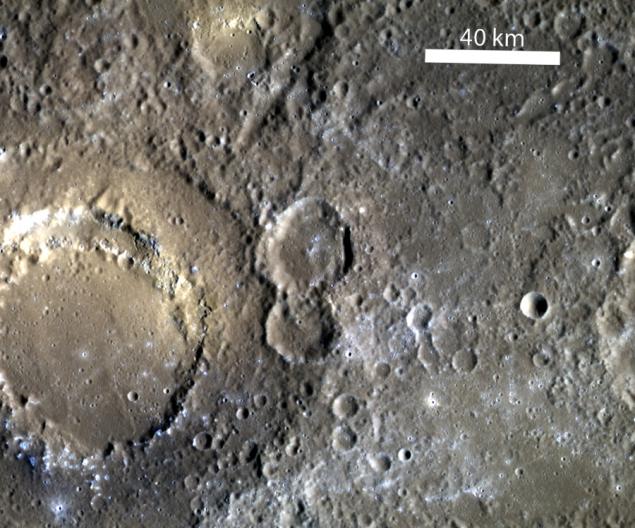
Some binding cavity are the outputs of volcanic lava, but these volcanoes have calmed down long before the depression began to emerge.
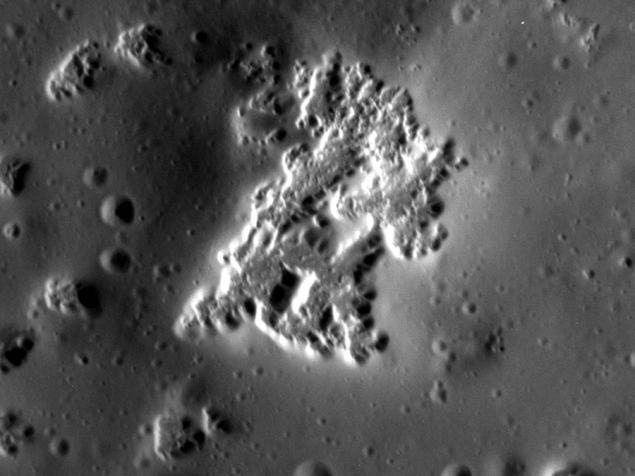
It is believed that it is a volatile mineral that slowly evaporates when exposed to sunlight or charged particles, but the devices Messenger not accurately determine the composition and characteristics of the changing soil.
Others, not so intriguing, but curious discoveries on Mercury's magnetic field and become signs of recent volcanic activity.
The magnetic field is a hundred times weaker than the Earth, but even this intensity indicates the liquid core of the planet and the ongoing currents in it.
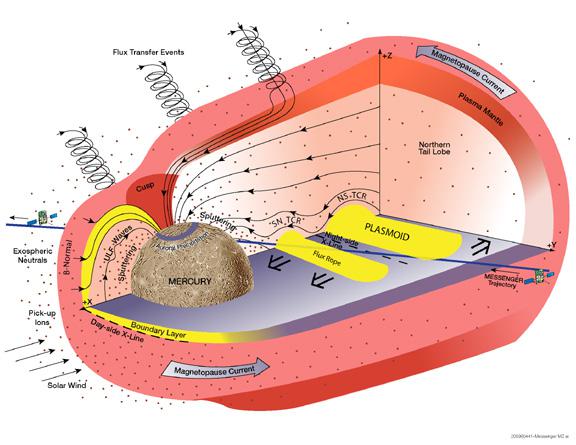
More recently sobering volcanoes also came as a surprise. Perhaps even dinosaurs could observe the eruption on Mercury if possessed appropriate technology.
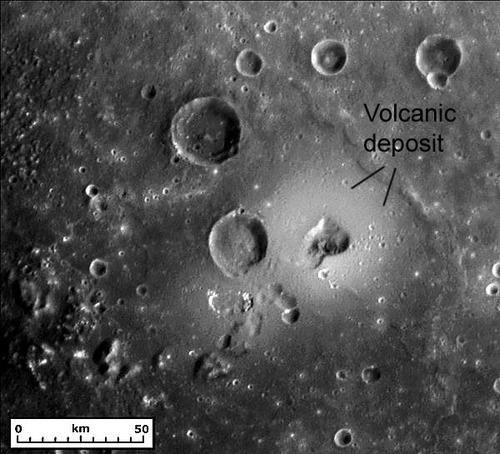
Unique in the history of space exploration Messenger observation made by looking at the system of the Earth / Moon system. He was able to see and show us a lunar eclipse.
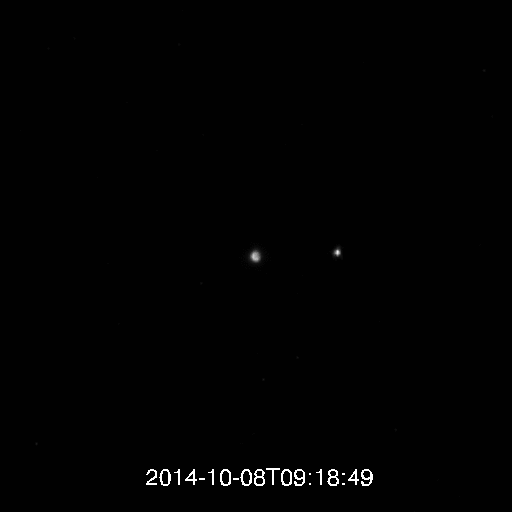
This is not a transit, when one cosmic body overlaps the line of sight of the other body, and the eclipse, when one body is hidden in the shadow of another body.
The spacecraft in orbit of Mercury worked more than four years. Initially, much was not planned, but the equipment and appliances worked well, so engineers have long tried to keep the Messenger in orbit, and project managers - to clear the funding for next year. Every year orbit of the satellite was reduced, but the researchers used it to obtain images with high resolution and a more thorough inspection area.
By the end of 2014, the machine has run out of fuel stocks, but extend the life of a few months managed to ensuring the momentum jet of compressed helium, which is used to pressurize the fuel tanks.
Finally, it's time to say goodbye to the spacecraft. April 30 "last gasp" propulsion satellite was sent to the place of his eternal rest.
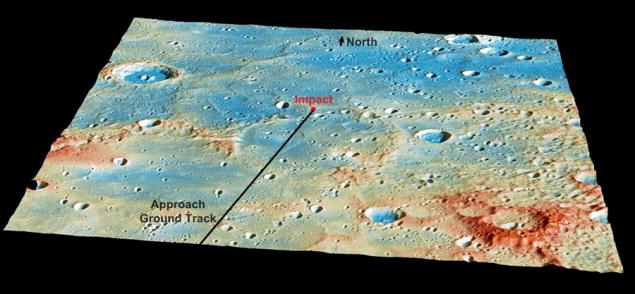
A few hours before hitting the surface of Mercury Messenger had to withdraw from a height of about 50 km.
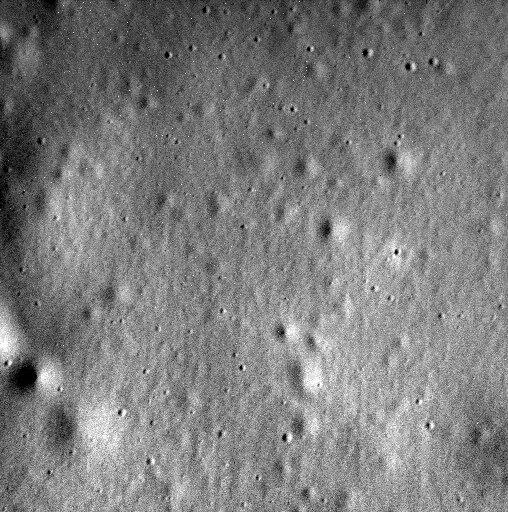
This is his story ended. But science has not ended. Scientists have yet to process a lot of data, and the result will be more discoveries. Especially now that Mercury is again left alone with himself and comets almost 10 years. The next Euro-Japanese BepiColombo are going to run the unit in 2017, and he will arrive only in 2024-m. Russia also participates in the project - the Federal Space Agency gives a rocket "Soyuz" and the upper stage "Fregat".
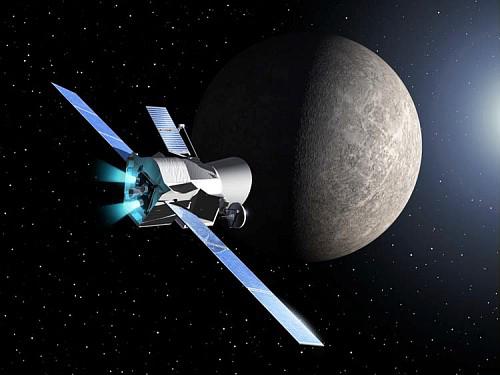
It is expected that BepiColombo will be able to unravel the mysteries left behind by Messenger.
Source: geektimes.ru/post/250032/
Tesla will present Model 3 for $ 35,000 in March 2016
Scientists have found a way to reduce the cost of production of magnets

